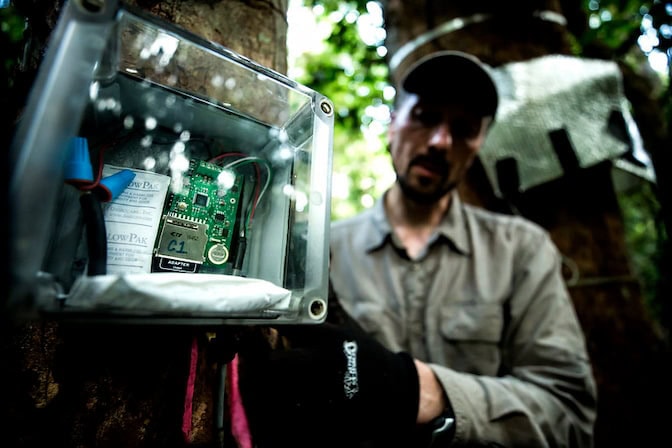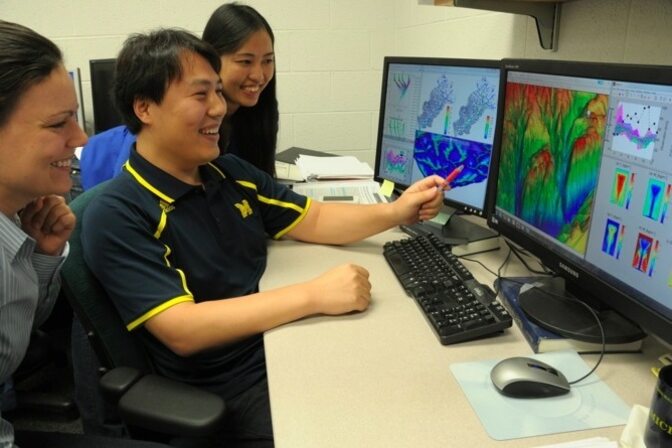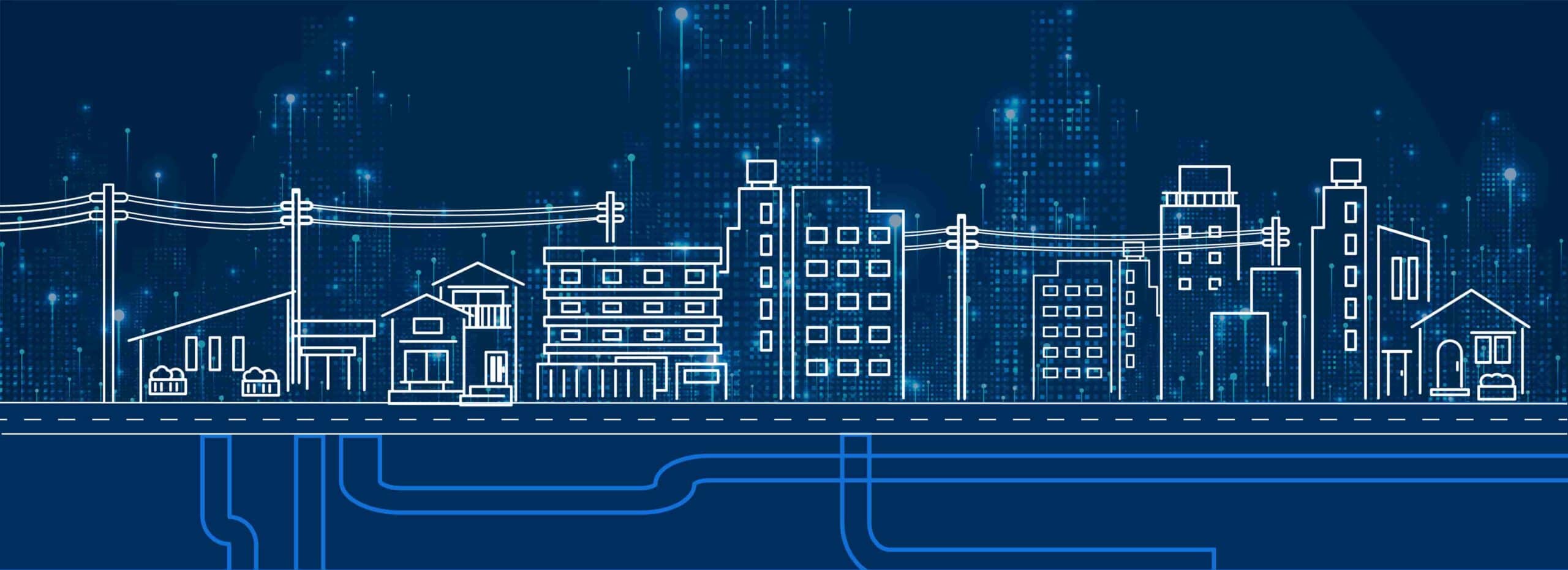
Resilient Infrastructure
Building stronger systems for a changing future
Infrastructure such as roads, bridges, pipelines and power grids serve as the foundation of a strong society, and University of Michigan engineers are leading efforts to harness today’s most advanced technologies to build smarter, stronger systems that connect and protect our communities and support economic prosperity.
Our researchers are on the vanguard of the next infrastructure revolution—one driven by automation and AI. We’re breaking ground on infrastructure systems with embodied intelligence and sensors that can adapt, optimize and monitor in real time. We are pioneers in developing and testing automated vehicles and mobility systems. And we are transforming water management and power grids with autonomous systems that integrate real-time data and AI to enhance reliability and resilience.
Michigan Engineering is collaborating across the University to bolster these systems in other ways too, including more robust building materials and codes, design-for-resilience approaches, novel funding mechanisms, a heightened understanding of how infrastructure impacts communities, and better hazard forecasts. Our experts are leaders in the field of water system design, sensor technologies, water treatment, risk management, structural design and materials.
Through our research and education, we’re laying out a blueprint for the built environment we need for the next century and the workforce that will keep it operating. In our own backyard, our faculty are participating in regional planning efforts to improve preparedness, modernize current infrastructure and design new ways for Southeast Michigan and other communities to address these urgent needs and prosper tomorrow.
#6
ranked
civil engineering program
#2
ranked environmental engineering program

Solving for ‘what if’: A Q&A on risk with Jim Bagian and Seth Guikema
Co-founders of the Center for Risk Analysis Informed Decision Engineering discuss its history and the increasing need for its expertise.
Building America’s next-generation infrastructure
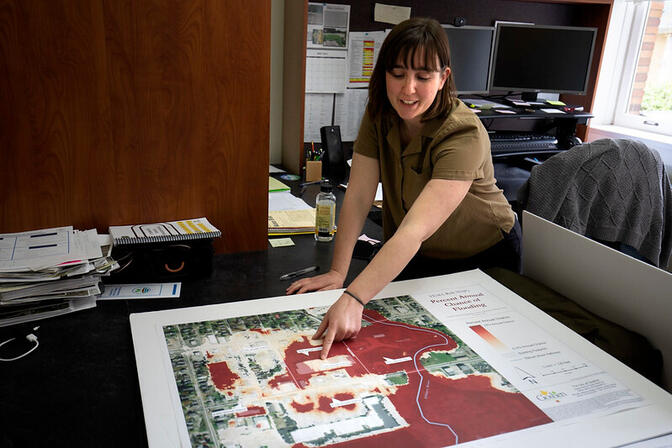
Protecting communities
Improving infrastructure to protect communities from storms, wildfires, earthquakes and hurricanes
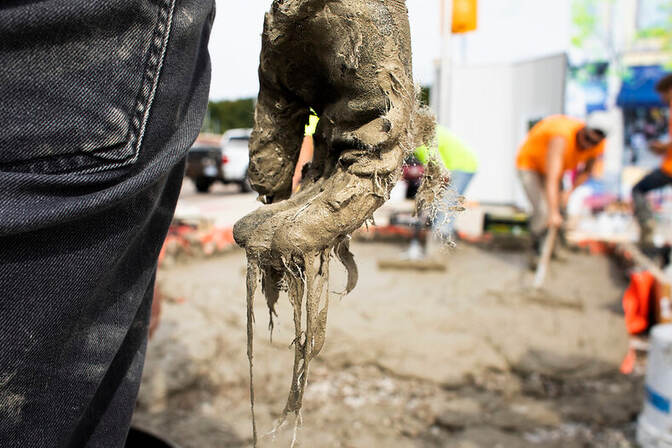
Improving materials
Developing materials that enable more robust infrastructure and reduce environmental impact

Strengthening assets
Identifying vulnerabilities and innovations to bolster the infrastructure of today and tomorrow
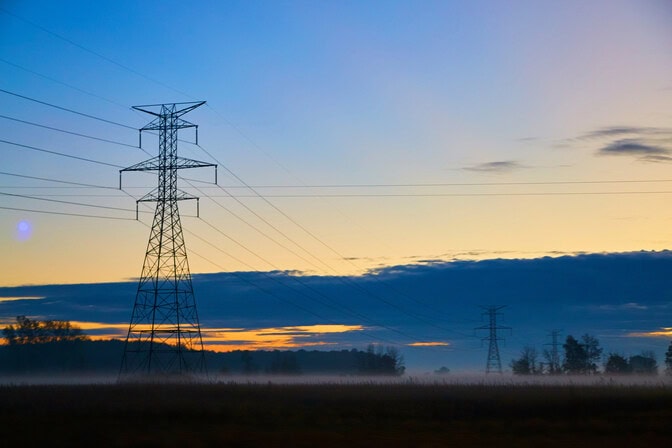
Optimizing operations
Finding novel ways to balance resource supply and demand and maximize efficiency
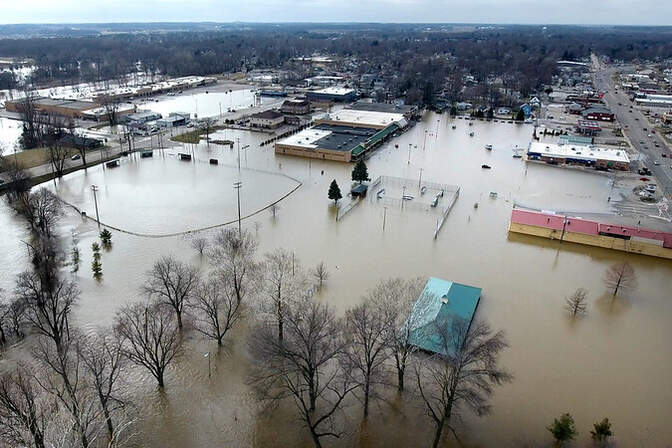
Financing & societal impacts
Innovating in funding mechanisms and analyzing the effects of infrastructure decisions on communities
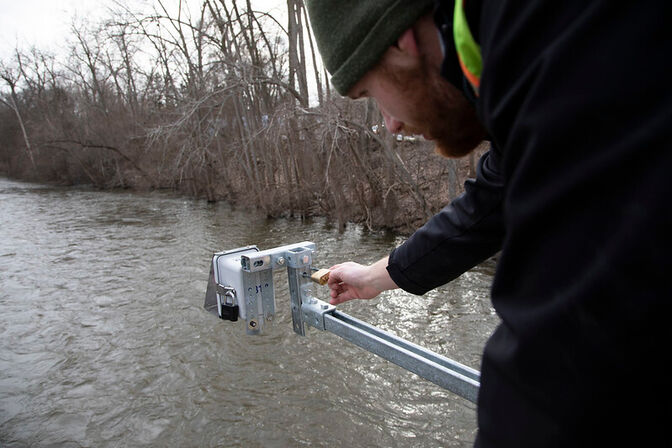
Monitoring & forecasting hazards
Advancing and deploying sensing and weather forecasting technology to better detect threats
In the News
WESH TV, Orlando
March 27, 2025
The future of infrastructure: Civil engineers discuss robots, origami homes, smart cities
WWL TV, New Orleans
December 6, 2024
Solar-powered flood monitors track water levels across New Orleans
Bridge Magazine
November 11, 2021
Reduce flooding from backed up sewers? There’s an app for that in Michigan
The Conversation
May 24, 2019
Water stays in the pipes longer in shrinking cities – a challenge for public health
30+ researchers across 6 departments
working on resilient infrastructure.

First-of-its-kind electric-water utility resilience summit
This event served as a first step in pulling together a strategic plan for regional resilience in Southeast Michigan.
Our infrastructure engineering legacy
Civil infrastructure was one of the first widespread applications of engineering—Civil Engineering was the College’s first department, established in 1854. In the years since, not only have more departments taken on research that applies to our water, power, internet and transportation systems, civil and environmental engineering researchers have expanded their toolboxes, integrating data science and Internet of Things sensing approaches for analyzing and monitoring, for example.
Today, cutting edge technologies and research at U-M help communities both recover from and prevent the hazards of changing weather patterns and the effects of the aging built environment.
Our research efforts in meteorology and forecasting in Climate and Space Sciences and Engineering stretch back to the mid-1800s, resulting in the launch Weather Underground, an early provider of forecasting information on the Internet, and the Cyclone Global Navigation Satellite System, a NASA mission aimed at improving understanding of how hurricanes suddenly intensify.
U-M engineers and researchers are doing foundational work in examining the impacts of these infrastructure challenges. Those include examining the effects of disasters on the insurance and reinsurance industries, and breaking down which communities face the harshest consequences and why.
Facilities, institutes and programs

Structural Engineering Lab
Testing of large-scale structural elements and subassemblies under monotonic and quasi-static cyclic loading.

Hydraulic and Coastal Engineering Lab
Focused on hydraulic structures, bridge, dam and building damage, tsunami, hurricane and flood risks.

Pavement Research Center of Excellence
A consortium of three Michigan universities and the Michigan Department of Transportation focused on pavement materials, deterioration and recycling.
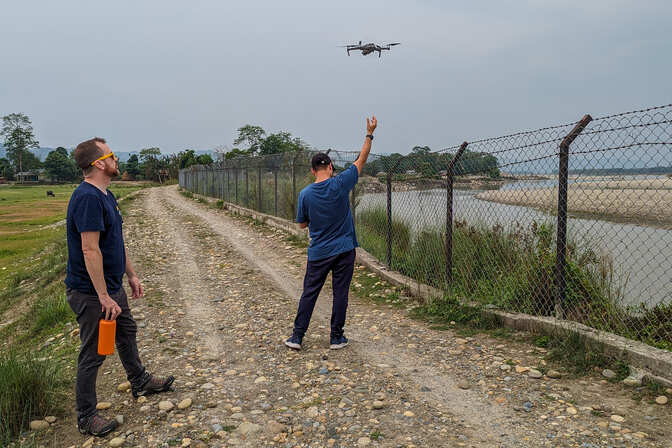
Actionable Information for Disasters and Development
Leverages data and information to prioritize populations in need before, during and after disasters.
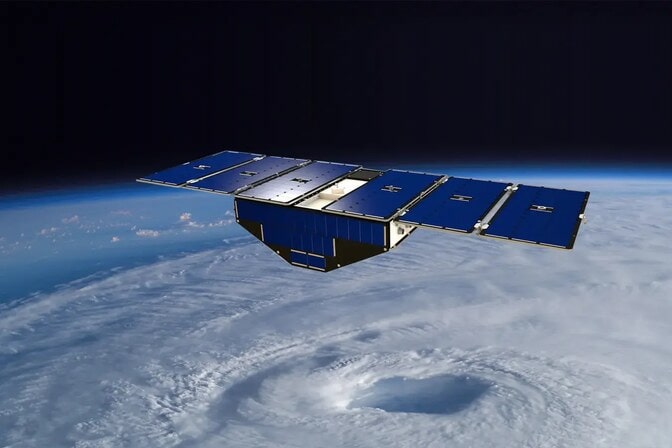
Cyclone Global Navigation Satellite System (CYGNSS)
A NASA mission led by U-M researchers to measure surface wind speed in tropical cyclones to improve storm forecasting.

Center for Digital Asset Finance
Develops tests and financial models that accelerate the investment, design and scalability of smart, resilient and sustainable infrastructures.
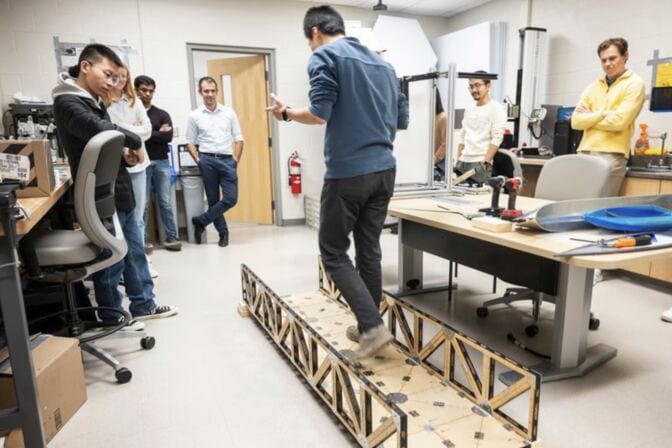
Deployable and Reconfigurable Structures Lab
Investigates the mechanics, design and implementation of non-traditional origami-inspired, woven and biomaterial structures.

Construction Engineering and Management
Improves processes, cost and time savings to help rehabilitate, rebuild and maintain the nation’s civil infrastructure.
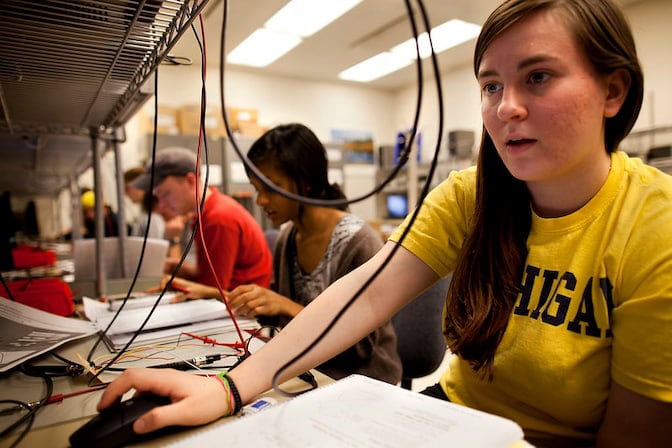
Michigan Power and Energy Lab
Seeking new tools and techniques for improving grid efficiency and robustness.
54 intersections, 27 square miles, 210 vehicles
in the Ann Arbor Connected Environment 2.0, a testbed collecting real-time data on traffic and improving safety through C-V2X tech.
